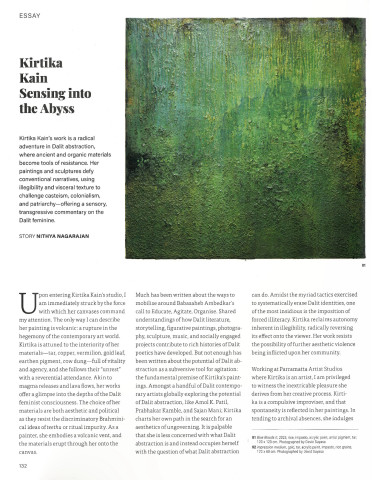
Title: Smoke in the Air, Shadows in the Mind: Grasping the Mental Health Effects of Wildfires
As climate change progresses, the severity and frequency of wildfires around the world also increase. From Australia to California, extensive areas of land are charred each year, homes lost, communities uprooted, and ecosystems harmed. The visible physical devastation of wildfires is heartbreaking—but a subtler, more insidious crisis surfaces in the atmosphere: the effect these fires have on mental health.
A recent study featured in JAMA Network Open uncovers a significant correlation between exposure to wildfire smoke and visits to emergency departments related to mental health. Conducted in California during the state’s record wildfire season of 2020, the research assessed over 86,000 ER mental health visits. It identified a distinct link between surges in wildfire-specific air pollution—particularly fine particulate matter referred to as PM2.5—and a rise in emergency visits for anxiety, depression, and other mood disorders.
These results provide compelling proof that the repercussions of wildfires extend well beyond burned landscapes and respiratory issues. Wildfire smoke encompasses what some scientists and health experts describe as a “hidden toll”—a psychological effect that remains inadequately recognized, yet profoundly experienced.
How Smoke Penetrates the Body
The main issue revolves around PM2.5 particles: tiny pollutants measuring 2.5 micrometers or smaller, released in vast volumes during wildfires. These particles easily infiltrate the lungs and enter the bloodstream. Increasing evidence indicates that PM2.5 may pass through the blood-brain barrier. This could lead to inflammation in the brain and affect neurological pathways linked to mood and cognition. In practical terms, breathing in smoky air doesn’t just harm physical health—it can also transform a person’s thoughts, feelings, and behaviors.
Communities Facing Flames
The mental health impacts of wildfires are not uniformly experienced. In the California study, marginalized groups bore the brunt of the effects. Children, women, and individuals from Black and Hispanic communities experienced the largest increases in mental health emergencies. These populations often live in areas with heightened exposure due to social, economic, and environmental disparities, and they may also face obstacles to accessing healthcare, intensifying the trauma of wildfire experiences.
Moreover, children are particularly vulnerable. Their developing brains are more attuned to environmental shifts, and extended exposure to disrupted school schedules, evacuations, and anxious caregivers can leave lasting emotional marks. Yet, there is presently no clear medical language for the moment “a child begins / to turn inward,” as described in the haunting lines of the poem that introduces this piece. The poem stands as a stark acknowledgment of what lingers after the flames—the silent psychological reverberations that persist even after the fire is extinguished.
Mental Health in a Warming Climate
The research highlights the intricate, often disregarded connection between climate change and mental health. As wildfires become more frequent, healthcare systems must look beyond addressing physical issues. There is a critical need to integrate mental health resilience and crisis preparedness into wildfire response plans.
This necessitates improving real-time air quality alerts, increasing access to telehealth mental health services, and prioritizing care for vulnerable populations. Emergency departments should be equipped to expect rises in mental distress linked not only to evacuation and trauma but also to the physical effects of contaminated air.
Policymakers, urban planners, educational institutions, and community leaders must all take action to mitigate these escalating dangers. Climate adaptation should not be viewed solely as an environmental or economic challenge—it is profoundly human with deep psychological implications.
A Call to Action
As the poem suggests, what remains after a wildfire is not merely scorched land, but also the impact felt within our bodies and minds. When smoke lingers in the air, it obscures more than just the skyline—it clouds memories, constricts breathing, reshapes emotions, and alters lives.
The study serves as both an alarm and a roadmap, encouraging a wider, more empathetic perspective on environmental health. It compels us to broaden our understanding of wildfire damage to embrace the invisible suffering that accompanies the smoke—and those who bear this weight long after the flames have extinguished.
In the words of the poet, “It is not seen / but counted / in arrivals.” Each individual who enters a hospital with anxiety or depression on smoky days is a data point—and a narrative. Within those narratives lies a fundamental truth: to genuinely heal communities in an evolving climate, we must clarify the smoke surrounding our comprehension of mental health.
—
For additional updates and insights on the convergence of science, art, and society, subscribe to The Poetry of Science newsletter. Allow the data to enlighten you, and let the poetry serve as a reminder of its significance.